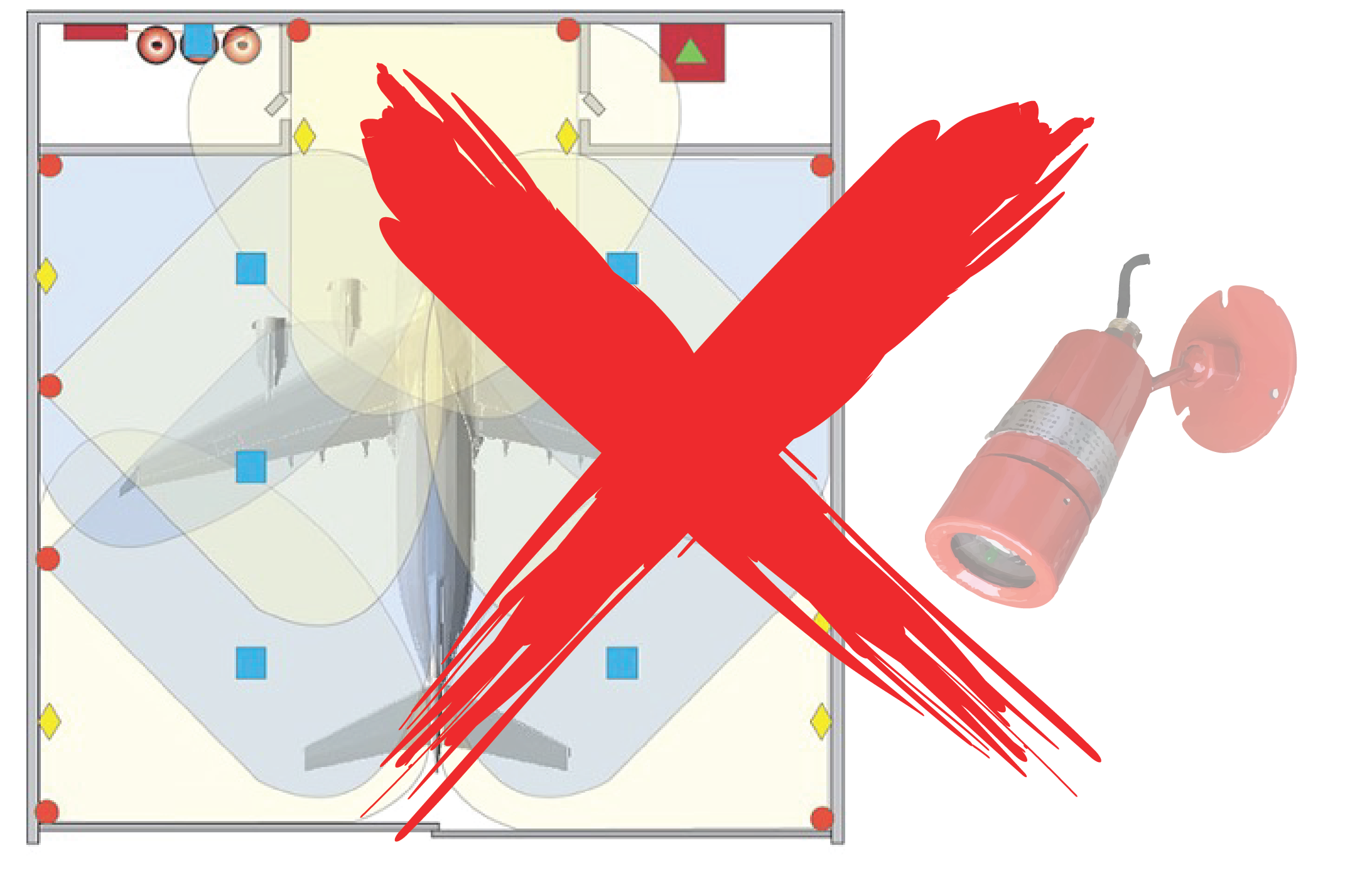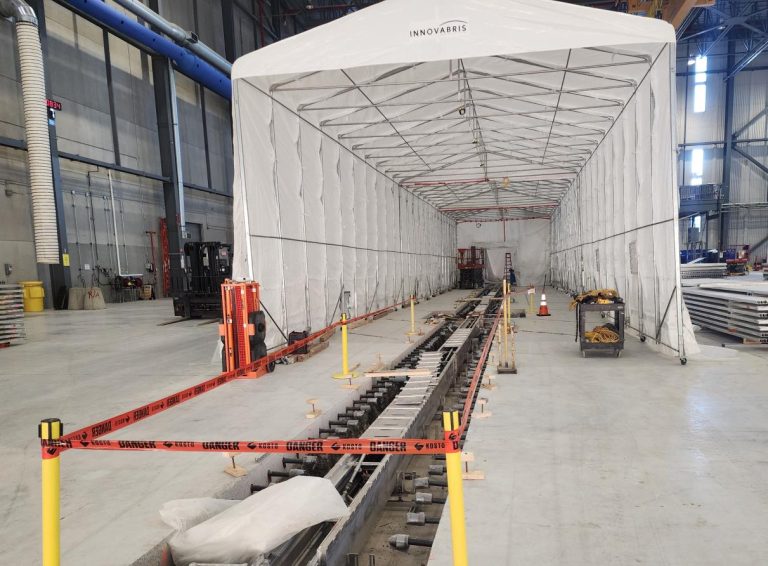Address
1900 Crosspoint Ave
Houston, TX 77054


Flame activated systems wait until it’s too late.
Legacy fire protection systems rely on flame detectors to trigger foam discharge. But flames mean ignition has already occurred.
Obstructions? Double coverage.
Flame detectors require line-of-sight. That means obstacles demand redundant coverage—adding cost and complexity.
False activations cause damage—every time.
From equipment downtime to cleanup costs, there’s no such thing as a harmless discharge. And unfortunately in some cases have resulted in a fatalities.
ILDFA doesn’t rely on activation. It removes the fuel.
ILDFA provides passive fire protection by eliminating the fuel source—the flammable liquid—before ignition can occur. Gravity pulls the liquid into the floor’s containment system, removing one leg of the fire triangle.
Liquid detection supports cleanup, not activation.
ILDFA includes a flushing system triggered by liquid detection, but that’s for clearing residual fuel—not activating the system. No need for flame detection. No external trigger dependencies.
No foam. No PFAS. No optical triggers.
No risk of accidental discharge. No chemical cleanup. No environmental hazard.




